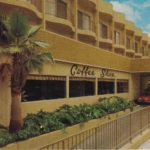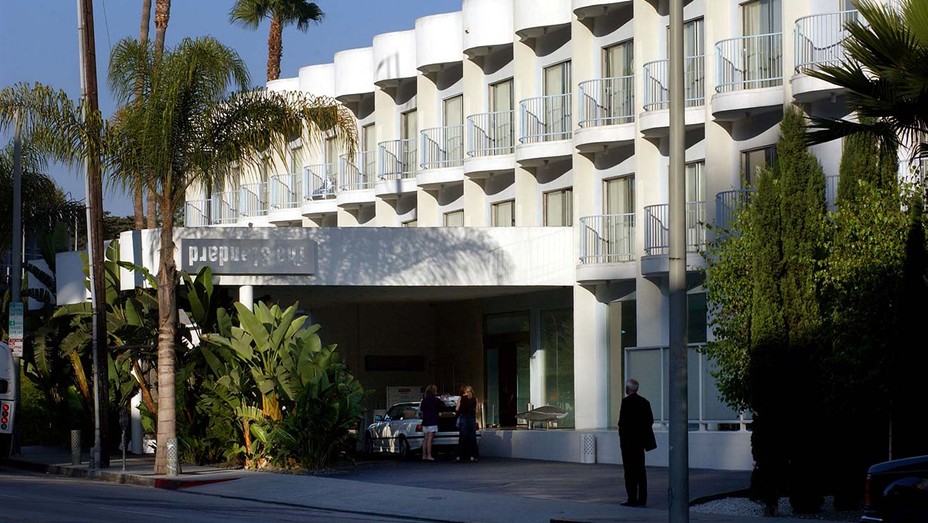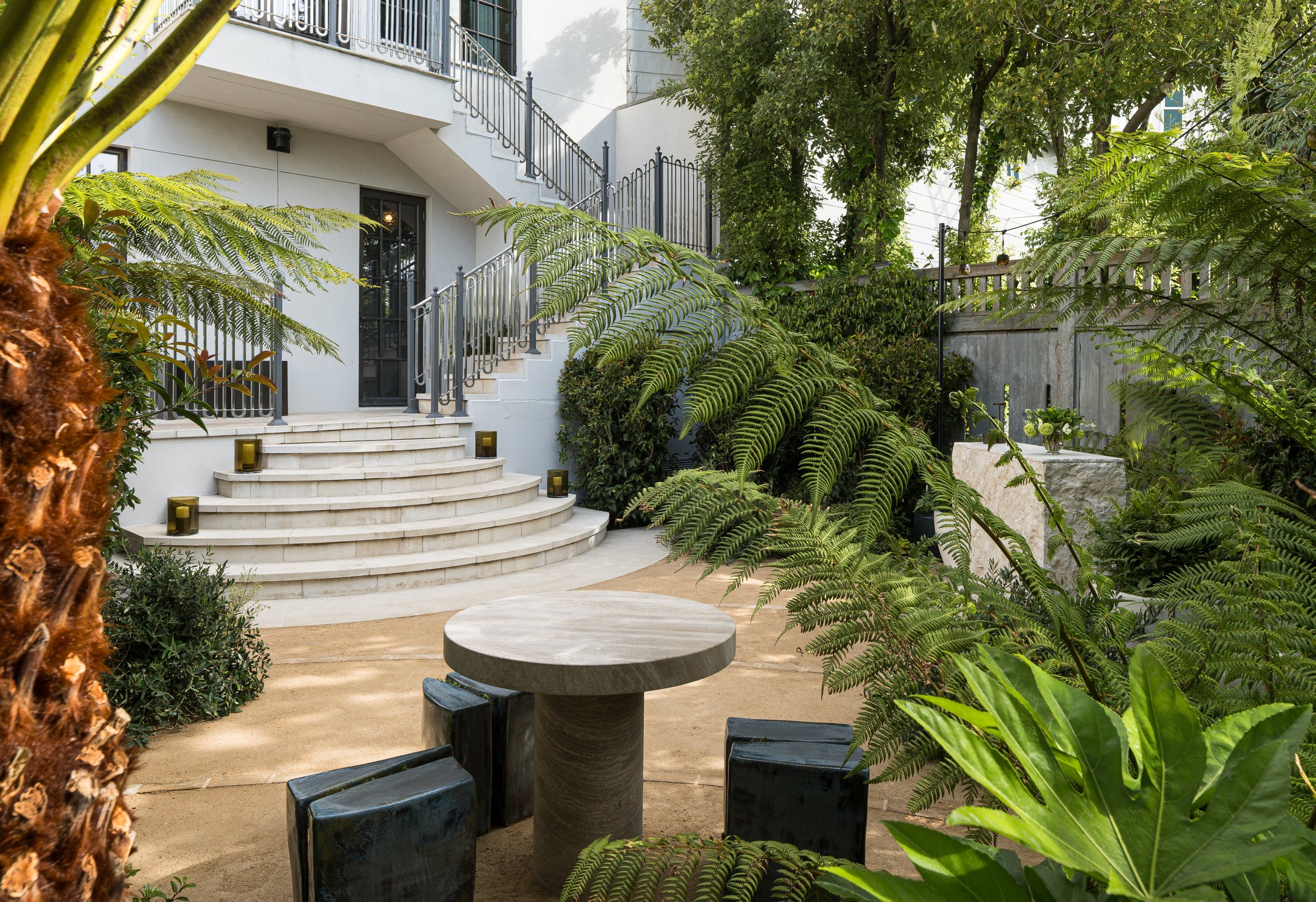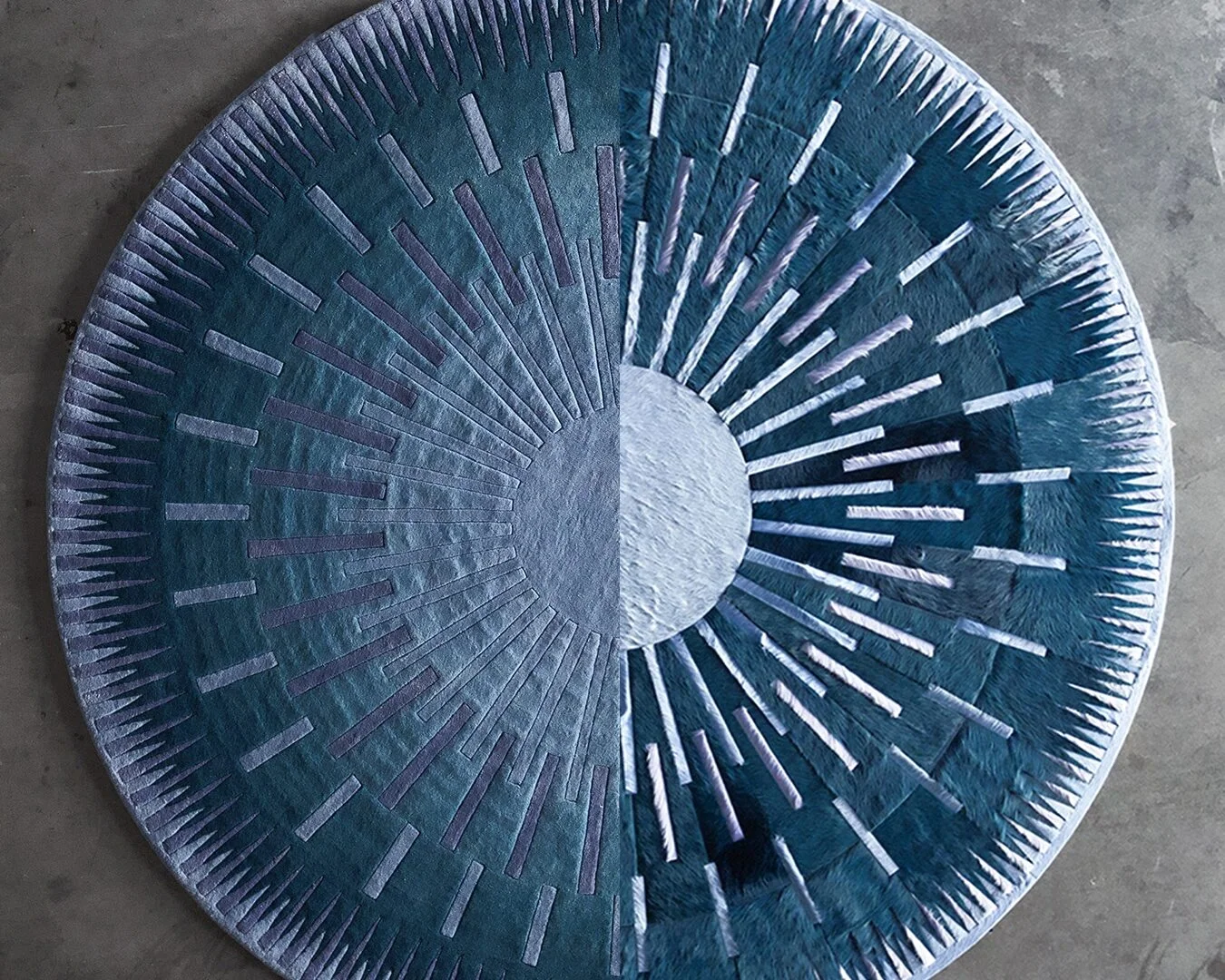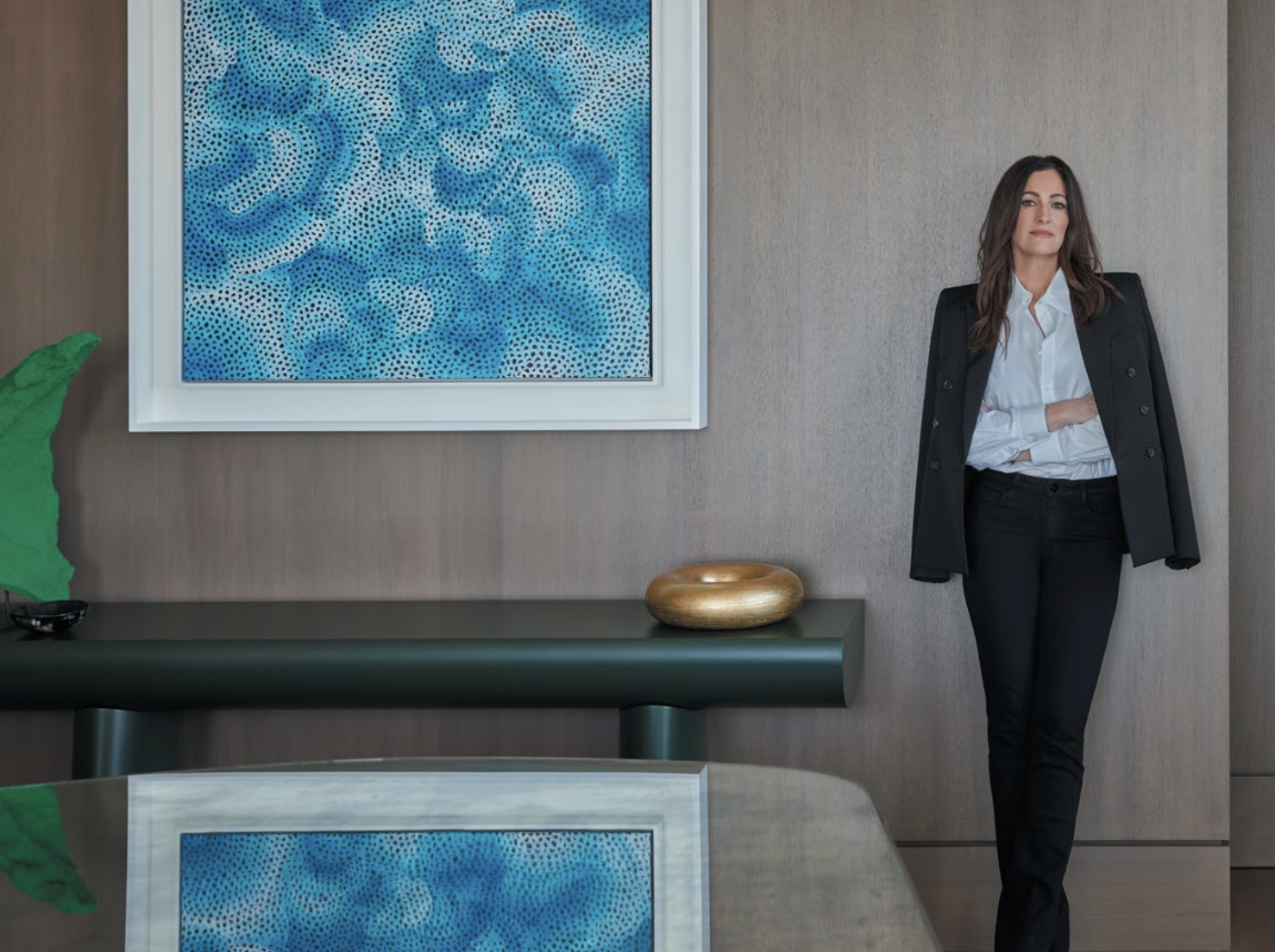Save Iconic Architecture Takes on the Case of a Newly Vulnerable Icon of Sunset Boulevard #SaveTheStandard
Author:Lindsey ShookThe historic preservation advocacy group founded by interior designers Jaime Rummerfield and Ron Woodson, SIA Projects, seek to nominate The Standard Hotel, originally designed by noted architect Herbert Kameon, for landmark status in the City of West Hollywood
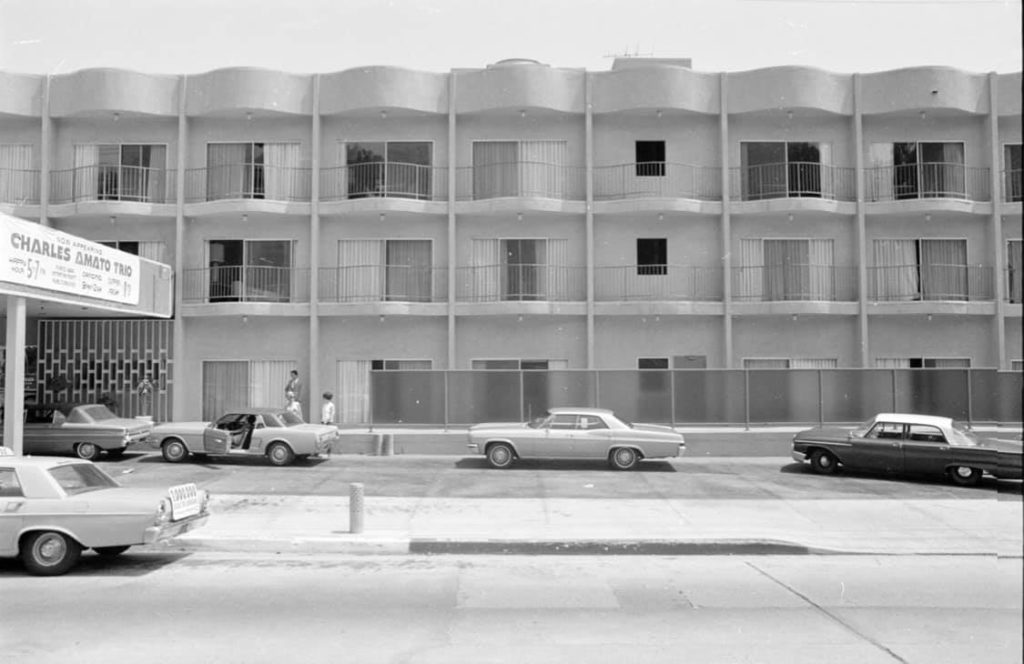
Jaime Rummerfield has witnessed too many losses of historic architecture in Los Angeles to sit idly. When the Standard Hotel at 8300 Sunset Boulevard announced its closing in January after its buzzy run that began in 1999, she and her team at Save Iconic Architecture decided to act quickly to help avoid another potentially heartbreaking loss of the Sunset Strip’s historic built environment.
“We are being proactive,” she says about the steps she and her Woodson & Rummerfield’s House of Design business parter, Ron Woodson, are taking along with the board of the nonprofit historic preservation organization they founded. “In our experience, once it’s a crisis, it’s almost too late.” So, SIA along with activist Steven Luftman are in the process of nominating the 1962 Sunset Strip property originally known as the Thunderbird Inn designed by noted architect Herbert Kameon as a cultural resource in the City of West Hollywood. There’s no iron-clad guarantee against the wrecking ball, but landmark designation at the local level better ensures protection.
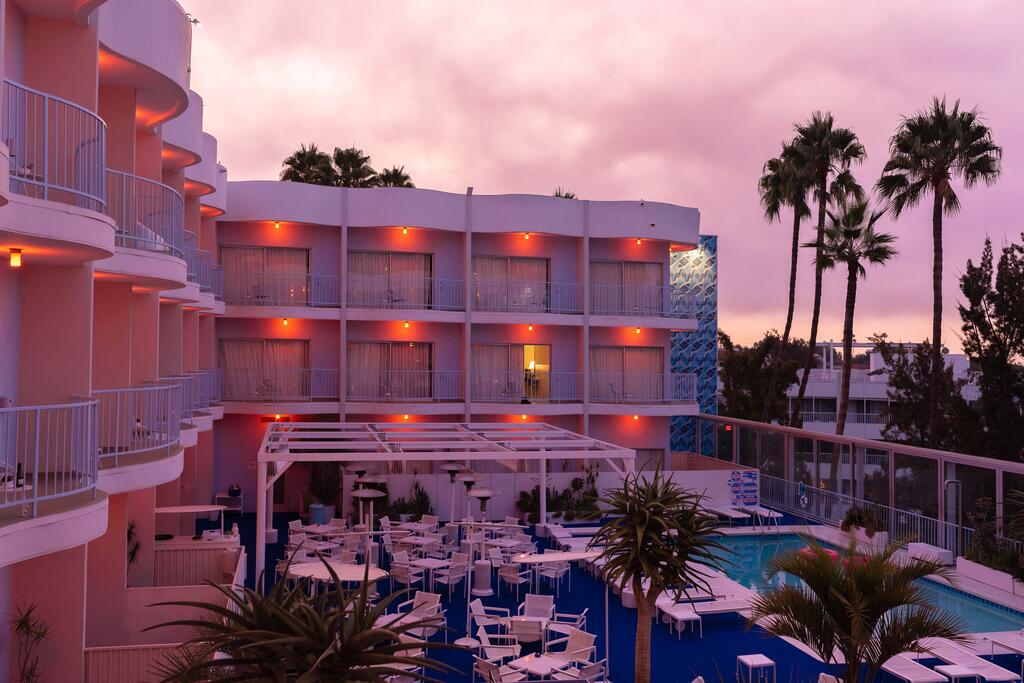
At the moment, the site that eventually became the first Standard Hotel in now-embattled hotelier André Balazs game-changing chain is not in imminent danger. That said, Rummerfield and SIA recognize the realities of the real estate pressures that leave it vulnerable. “It’s a great location and has development potential,” she says. This scenario has repeated itself many times over along the famed Sunset Strip, with high rises such as Ian Schrager’s Edition Hotel and the nearly completed Pendry dramatically altering the feel and scale of the iconic boulevard. Plus the protracted battle over the Lytton Savings midcentury bank building located nearby on Sunset and Crescent Heights, where a court ruling landed in favor of the developer and its plans for a Frank Gehry-designed mixed-use complex, still looms large.
Historic preservation advocates have become more savvy. Instead of launching frantic eleventh hour campaigns using a limited toolkit to rally around beloved endangered locales, activists and planners know the importance of strategic longer-term thinking. Rummerfield also understands the value of picking battles, since landmarking is a resource-intensive process. “Some buildings stand out and this is one of them,” she says about 8300 Sunset, which fits that criterion from architecture and design standpoint, as well as the anecdotal reports she’s heard from people who, frankly, have a lot of love for this place.
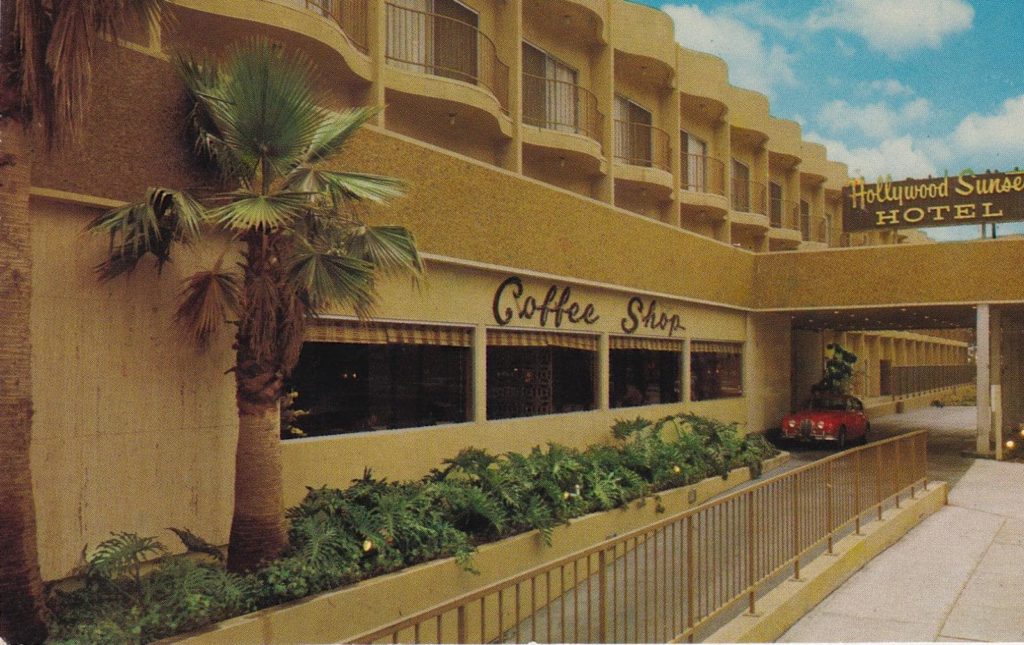
The three-story building had various iterations as the Hollywood Sunset Hotel and then the Golden Crest Hotel retirement home before it became the Sunset Strip hotspot known as The Standard. It still retains a high degree of overall architectural exterior integrity. Rummerfield points to the distinctive balconies and “undulating facade that looks like a woven front. It’s very dimensional and wavy.” The building also “has a human scale and is very approachable,” an increasingly elusive characteristic on the Sunset Strip as taller towers continue to rise. Plus there’s the lifestyle element, since 8300 Sunset boasts “the quintessential indoor-outdoor setting. Every room overlooks the pool. It’s a classic California hotel setting.”
These activists and design professionals understand that cities change. A look at Ed Ruscha’s photographic documentation of Sunset Boulevard provides ample evidence, but the Strip in particular is an example of how a vital urban mix can and should hold onto pieces of its past to shape a more interesting future.
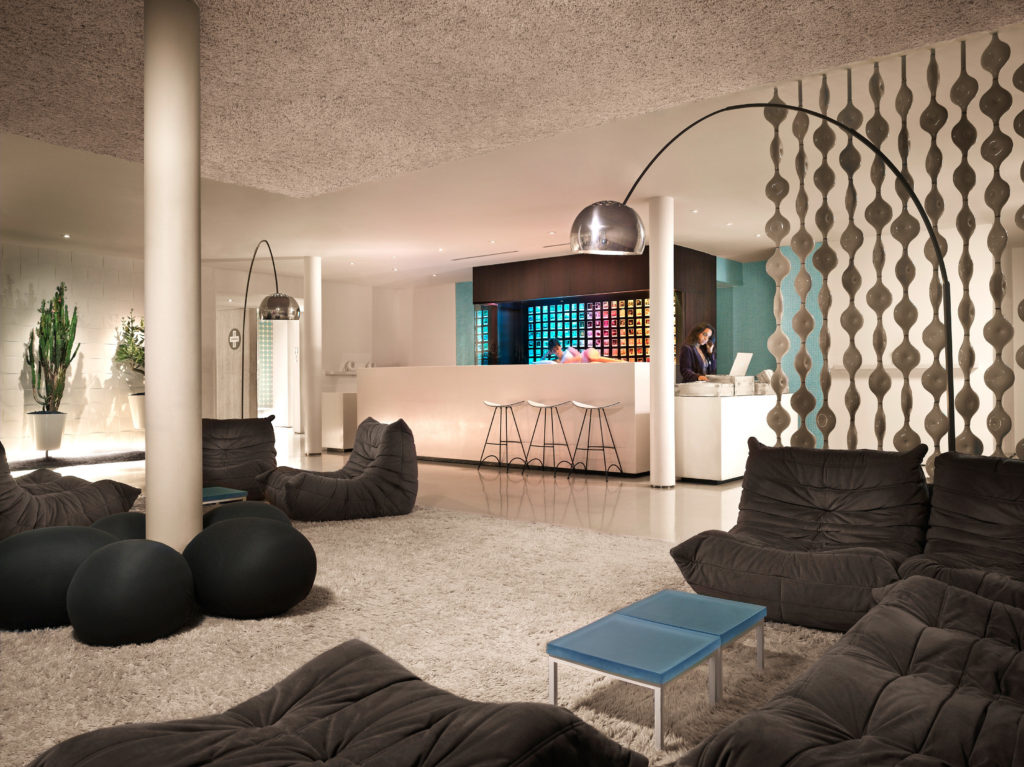
“The beauty of design is it has to go on for generations to enjoy,” she explains. This example of architect Kameon’s work has proven especially adaptable to shifting cultural habits and trends. “The most incredible architecture sometimes doesn’t come to you as a time capsule.” (Do future potential plans need to include that most notorious feature of the Standard: a live woman on display in a plexiglass box at the front desk? Most certainly not.)
SIA’s initiative is a reminder how and why a memorable place is always more than the sum of its parts. “Once the building is gone, the stories are gone,” Rummerfield says. – Jessica Ritz
With the goal of $6,000, SIA Projects is currently raising money to “Landmark” the architecture of this iconic hotel so that it is protected for the future. Get involved and DONATE HERE.


